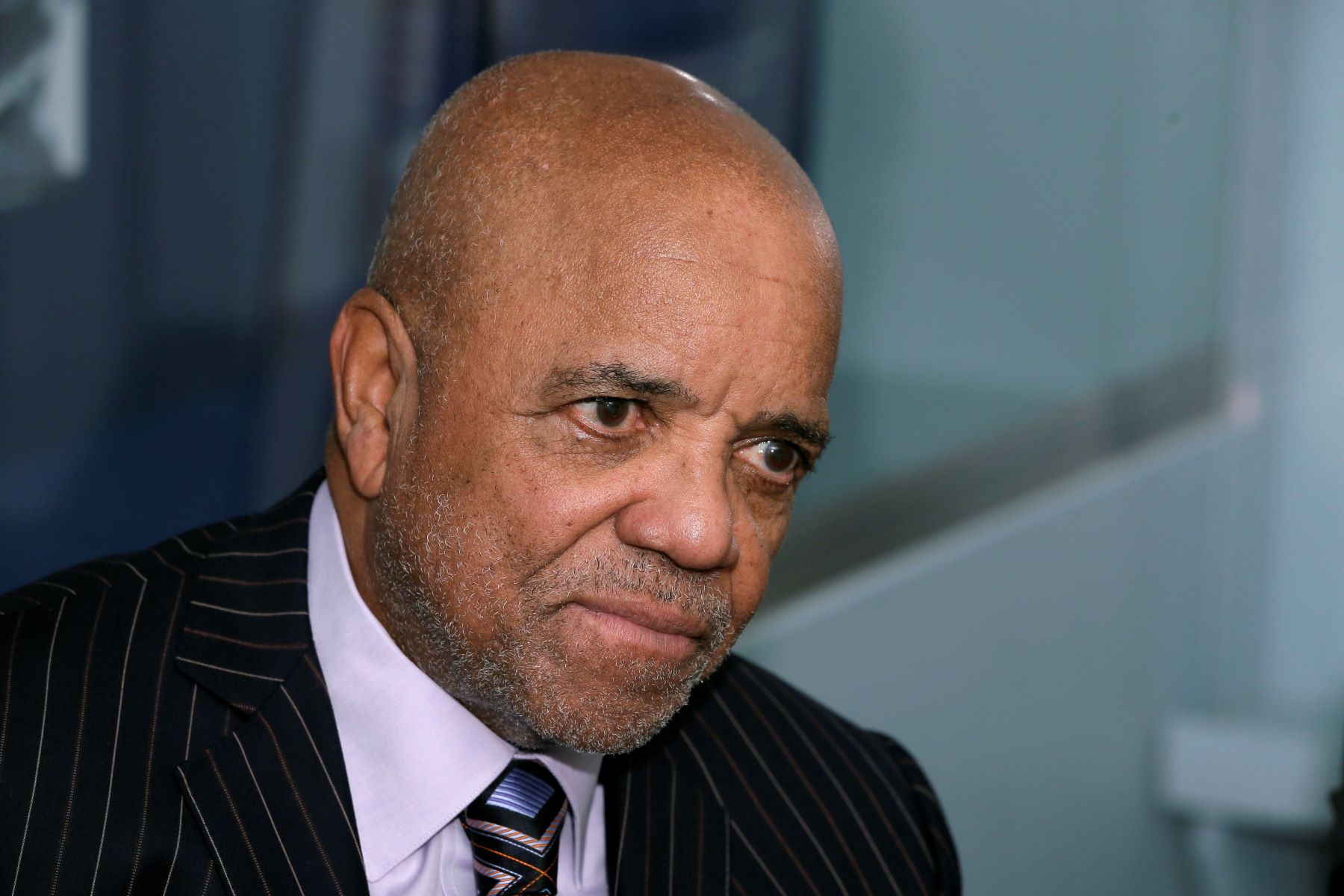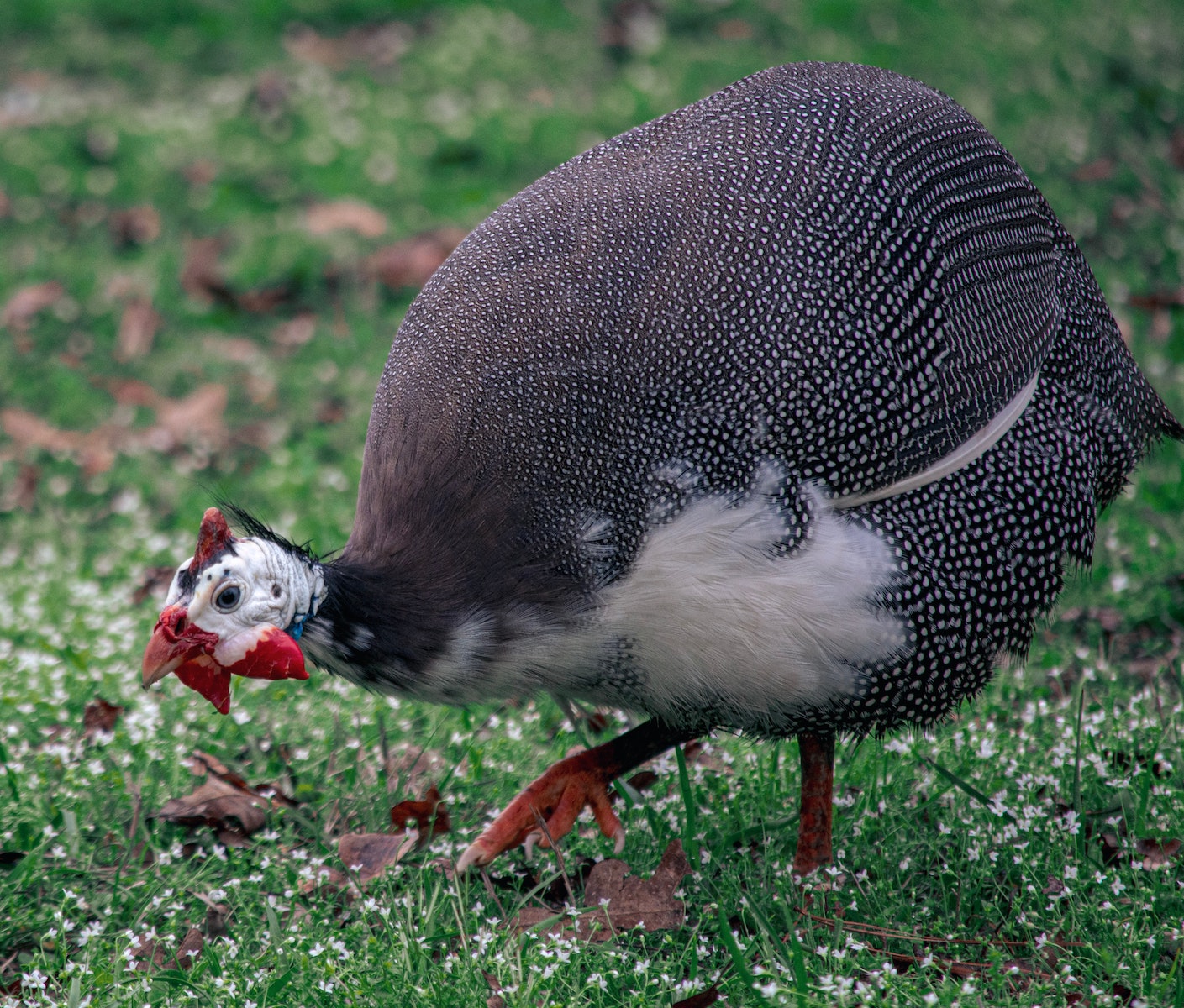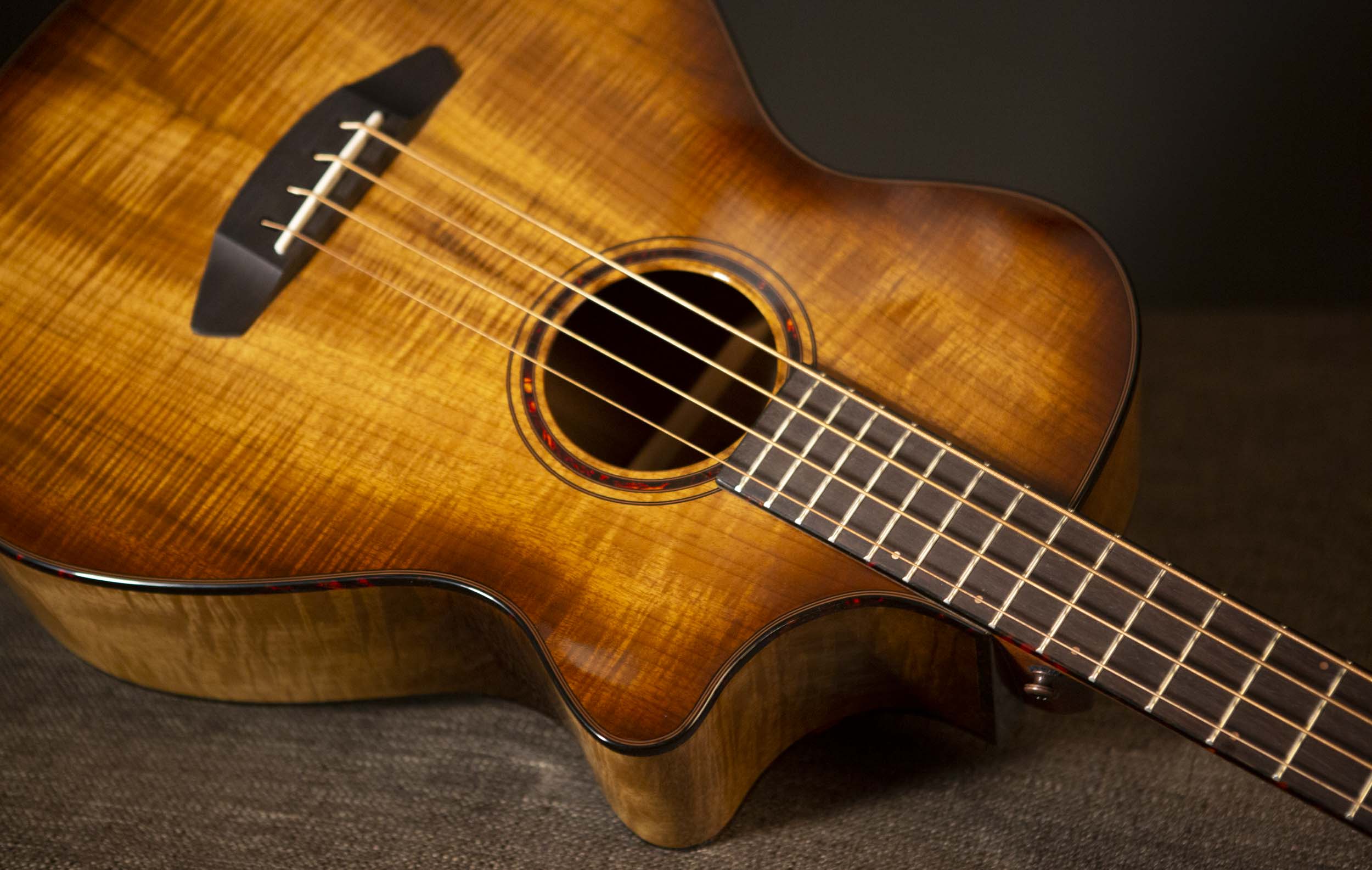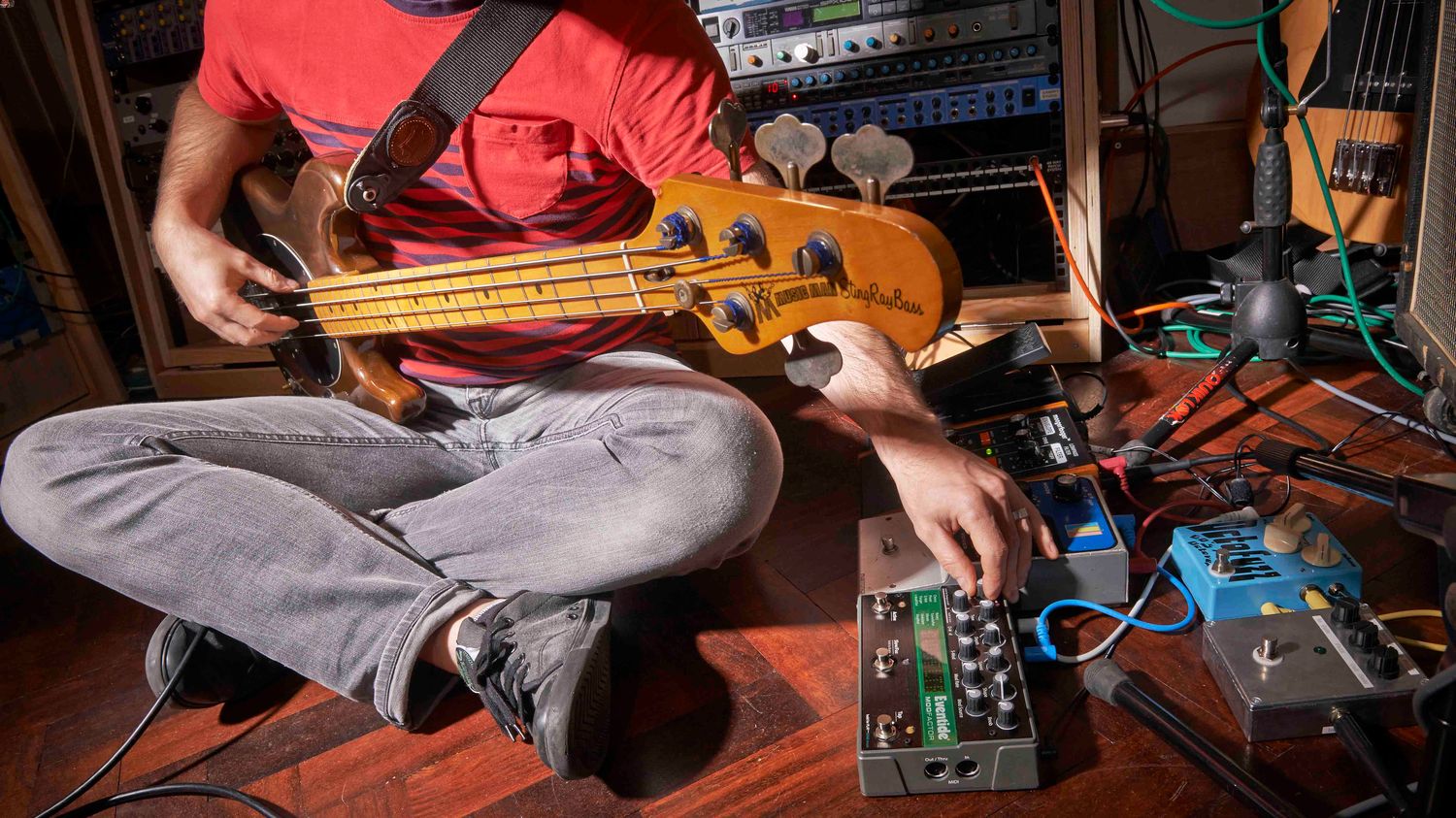Home>Genres>Folk>How Did Stravinsky Create A Folk Like Sound
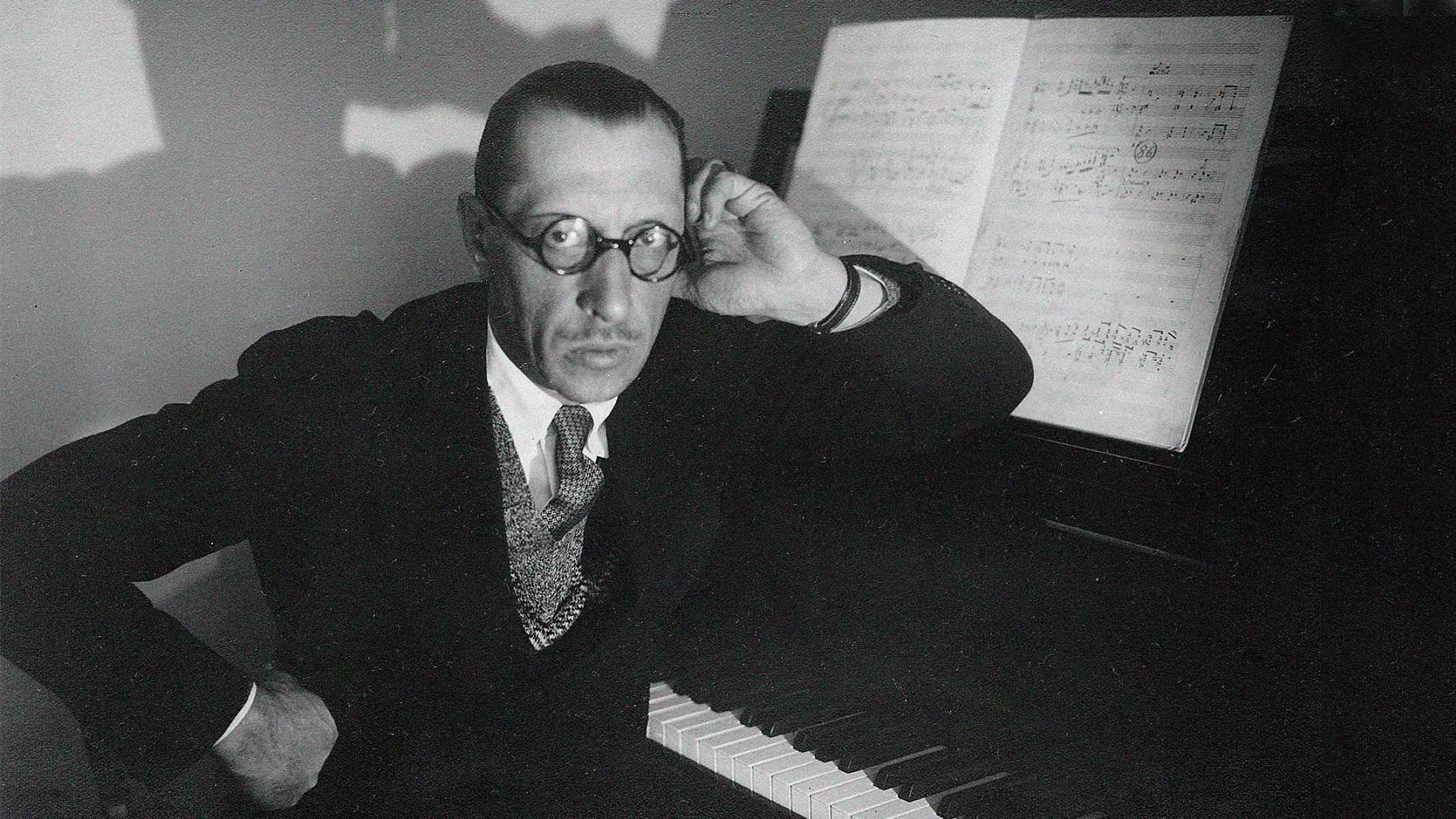

Folk
How Did Stravinsky Create A Folk Like Sound
Modified: January 22, 2024
Discover how Stravinsky skillfully incorporates folk elements into his compositions, creating a captivating and authentic sound that resonates with audiences.
(Many of the links in this article redirect to a specific reviewed product. Your purchase of these products through affiliate links helps to generate commission for AudioLover.com, at no extra cost. Learn more)
Table of Contents
- Introduction
- Background on Igor Stravinsky
- Influence of Folk Music in Stravinsky’s Compositions
- Exploration of Stravinsky’s Use of Folk-like Elements
- Incorporation of Rhythmic Patterns and Melodic Structures
- Utilization of Traditional Instruments and Harmonies
- Analysis of Specific Compositions with Folk Influences
- Conclusion
Introduction
Igor Stravinsky, one of the most influential composers of the 20th century, is renowned for his innovative and unconventional approach to music. While his compositions span various genres and styles, including neoclassical and serialism, Stravinsky also incorporated elements of folk music into his works. By blending traditional folk melodies, rhythms, and instrumentation with his own unique musical language, Stravinsky created a sound that was both avant-garde and rooted in the rich tapestry of folk traditions.
This article explores how Stravinsky achieved a folk-like sound in his compositions and the impact it had on his musical legacy. We will delve into the background of Stravinsky, highlight the influence of folk music in his works, and analyze specific compositions where folk elements are prominently featured.
Stravinsky’s exploration of folk music was a departure from the classical traditions of his time. By incorporating folk-like elements into his compositions, he challenged the established norms and expanded the possibilities of musical expression. This fusion of folk and modernist sensibilities created a unique and captivating sound that continues to intrigue audiences to this day.
Background on Igor Stravinsky
Igor Stravinsky was born on June 17, 1882, in Oranienbaum, Russia. He came from a musical family, with his father being a bass singer and his mother a piano player. Stravinsky initially studied law, but his passion for music led him to pursue a career as a composer.
Stravinsky’s early works were influenced by the Russian nationalist movement, with compositions like “The Firebird” and “Petrushka” showcasing his mastery of orchestration and use of Russian folk tunes. However, it was his groundbreaking ballet, “The Rite of Spring,” that catapulted him to international fame.
“The Rite of Spring,” premiered in Paris in 1913, caused a scandal due to its unconventional rhythms, dissonant harmonies, and visceral energy. The piece was inspired by folk traditions, specifically the rituals and pagan dances of ancient Russia. Stravinsky’s innovative use of polyrhythms and asymmetric meters, combined with the raw power of folk music, made “The Rite of Spring” a revolutionary work in the history of classical music.
Stravinsky’s exploration of folk music continued in his later compositions, such as “Les Noces” and “Pulcinella.” “Les Noces,” also known as “The Wedding,” was inspired by Russian peasant wedding ceremonies and features percussive rhythms and folk melodies sung in a choral format. “Pulcinella” is a ballet based on traditional Italian commedia dell’arte characters and features music derived from the works of Baroque composers.
Throughout his career, Stravinsky collaborated with renowned choreographers, artists, and musicians, including Serge Diaghilev and Pablo Picasso. His innovative approach to music and his willingness to incorporate folk elements into his compositions challenged the conventions of the time and paved the way for future generations of composers.
Stravinsky’s impact on the world of music cannot be overstated. His compositions pushed the boundaries of traditional forms and styles, all while embracing the power and beauty of folk music. Through his exploration and incorporation of folk-like elements, Stravinsky carved out a unique and significant place in the history of classical music.
Influence of Folk Music in Stravinsky’s Compositions
Folk music played a significant role in shaping Igor Stravinsky’s unique musical language. He drew inspiration from various folk traditions, including Russian, Polish, Italian, and Spanish, among others. Stravinsky believed that folk music possessed an authenticity and rawness that resonated with audiences, and he sought to incorporate those qualities into his own compositions.
One of the key influences of folk music on Stravinsky’s compositions was its rhythmic vitality. Folk music is often characterized by infectious rhythms and intricate patterns, which Stravinsky embraced and expanded upon in his works. He experimented with asymmetrical meters, irregular accents, and complex polyrhythms, creating a sense of energy and unpredictability in his music.
The melodic structures of folk music also had a profound impact on Stravinsky’s compositions. He admired the simplicity and directness of folk melodies, often incorporating them into his own works or using them as a foundation for his musical ideas. Stravinsky had a keen ear for memorable and expressive melodies, and he skillfully adapted folk tunes to fit his unique and modernist musical language.
Additionally, Stravinsky incorporated folk-like elements in his orchestrations. Folk instruments, such as the balalaika and accordion, made appearances in some of his works, infusing the music with an authentic folk sound. Even when using traditional Western orchestral instruments, Stravinsky employed unconventional playing techniques to mimic the timbres and textures found in folk music.
The harmonic language of folk music also left its mark on Stravinsky’s compositions. Folk music often exhibits modal and tonal characteristics, which Stravinsky manipulated and expanded to create his distinct harmonic palette. He experimented with dissonance, shifting tonal centers, and unconventional chord progressions, adding complexity and depth to his music while maintaining a connection to its folk-inspired roots.
Overall, the influence of folk music in Stravinsky’s compositions can be seen in his rhythmic vitality, melodic structures, instrumental choices, and harmonic language. By incorporating these folk-like elements, Stravinsky created a sound that was both innovative and grounded in the rich traditions of folk music.
Exploration of Stravinsky’s Use of Folk-like Elements
Igor Stravinsky’s use of folk-like elements in his compositions was a deliberate and calculated artistic choice. He sought to infuse his music with the authenticity and raw emotional power often associated with folk music traditions. This exploration of folk-like elements allowed Stravinsky to push the boundaries of classical music and create a unique and captivating sound.
One of the ways Stravinsky incorporated folk-like elements was through the use of repetitive rhythmic patterns. Folk music often relies on repetitive motifs and rhythmic structures, and Stravinsky embraced this concept in his own compositions. He would establish a rhythmic pattern and then repeat it with slight variations, building tension and creating a sense of forward momentum. This technique can be heard in works like “The Rite of Spring,” where the driving rhythmic ostinatos and syncopated accents evoke the pulse and energy of folk dances.
In addition to rhythmic patterns, Stravinsky utilized folk-like melodies in his compositions. He drew inspiration from various folk traditions, adapting and incorporating their melodic characteristics into his own musical language. These melodies often exhibit simplicity, directness, and a strong emotional impact, capturing the essence of folk music. Stravinsky skillfully incorporated these melodic elements, creating memorable and expressive themes that weave throughout his compositions.
Furthermore, Stravinsky explored folk-like instrumental choices to enhance the folk aesthetic in his music. He included traditional folk instruments, such as the balalaika or the accordion, in some of his works. These instruments provided a distinct folk timbre and added an authentic flavor to the compositions. Even when using Western orchestral instruments, Stravinsky applied techniques and effects to imitate the sounds and textures of folk instruments, further blurring the lines between classical and folk music.
The incorporation of folk-like harmonies was another key aspect of Stravinsky’s exploration. Folk music often relies on modal scales and tonal centers, and Stravinsky incorporated these harmonic elements into his compositions. He experimented with shifting tonalities, dissonant harmonies, and unconventional chord progressions, creating a sense of tension and unpredictability. This harmonic language added depth and complexity to Stravinsky’s music, while still retaining connections to the folk traditions that inspired him.
Overall, Stravinsky’s exploration of folk-like elements allowed him to create a unique musical language that blended the avant-garde with the authentic. By utilizing repetitive rhythmic patterns, folk-like melodies, traditional instruments, and harmonies rooted in folk traditions, Stravinsky achieved a folk-like sound that captivated audiences and solidified his place as one of the most innovative composers of the 20th century.
Incorporation of Rhythmic Patterns and Melodic Structures
One of the hallmark features of Igor Stravinsky’s compositions is his masterful incorporation of rhythmic patterns and melodic structures. Drawing inspiration from folk traditions, Stravinsky seamlessly blended these elements into his works, creating a distinctive and captivating musical language.
Rhythmic patterns played a crucial role in Stravinsky’s compositions. Folk music often relies on repetitive rhythmic motifs, and Stravinsky embraced this concept by incorporating intricate and complex rhythmic patterns in his music. He experimented with asymmetrical meters, syncopation, and polyrhythms, creating a sense of energy, drive, and unpredictability. This rhythmic vitality can be heard in the groundbreaking “The Rite of Spring,” where the driving pulse and intricate rhythmic interplay immerse the listener in a world of primal energy and intensity.
Furthermore, Stravinsky’s use of folk-like melodic structures added depth and expressiveness to his compositions. Folk melodies are often characterized by their simplicity, directness, and emotive qualities, and Stravinsky drew upon these aspects to create compelling melodies. He adapted and transformed folk tunes, incorporating their essence into his own unique musical language. These melodic structures ranged from hauntingly beautiful to fiery and dynamic, capturing a wide range of emotions and showcasing Stravinsky’s mastery of melodic development.
Stravinsky’s ability to intertwine rhythmic patterns and melodic structures is exemplified in works such as “Les Noces” and “Petrushka.” In “Les Noces,” Stravinsky evokes the festive and celebratory atmosphere of Russian peasant weddings through the use of complex rhythmic patterns and layered melodic lines. The piece is driven by repetitive rhythmic cells, mimicking the joyful rhythmic pulsations of folk dances, while the melodic lines intertwine and interact, creating a sense of communal celebration.
In “Petrushka,” Stravinsky uses rhythmic patterns and melodic structures to bring to life the vivid and colorful world of traditional Russian puppet shows. The driving rhythm and playful melodic fragments capture the lively and whimsical nature of the characters, while the complex interplay of melodies creates a tapestry of sound that is both enchanting and evocative.
Stravinsky’s incorporation of rhythmic patterns and melodic structures in his compositions was a testament to his mastery of musical craftsmanship. By infusing his works with elements of folk traditions, Stravinsky created a sound that resonated with audiences and pushed the boundaries of classical music. The intricate rhythms and expressive melodies showcased the power and beauty of folk music, while simultaneously showcasing Stravinsky’s innovative and distinct musical voice.
Utilization of Traditional Instruments and Harmonies
In addition to incorporating rhythmic patterns and melodic structures inspired by folk music, Igor Stravinsky also utilized traditional instruments and harmonies to further enhance the folk-like elements in his compositions. By incorporating these elements, Stravinsky added an authentic and evocative touch to his works.
One of the ways Stravinsky achieved a folk-like sound was through the inclusion of traditional instruments associated with folk music. He deftly incorporated instruments such as the balalaika, accordion, and various percussion instruments into his compositions. These instruments provided a distinct timbre and texture, evoking the sounds of folk ensembles and lending an air of authenticity to the music. For example, in “Les Noces,” the use of traditional Russian percussion instruments adds a percussive and rhythmic quality, reminiscent of the folk dances performed during Russian weddings.
Furthermore, Stravinsky often approached the orchestration of his works with a folk-inspired perspective. He sought to mimic the timbres and colors of folk instruments using traditional Western orchestral instruments. Through unconventional instrumental techniques and expanded playing possibilities, he created unique and folk-like sounds. This approach can be heard in works like “Petrushka,” where Stravinsky ingeniously manipulates the orchestral palette to imitate the rustic and expressive qualities of folk instruments.
Harmonically, Stravinsky drew inspiration from the modal and tonal characteristics of folk music. Folk songs often utilize simple tonalities and modal scales, which Stravinsky incorporated into his compositions. He experimented with shifting tonal centers, dissonant harmonies, and unconventional chord progressions, infusing his music with a sense of tension and a modernist twist. This harmonically rich and varied palette helped to create a folk-like atmosphere while simultaneously pushing the boundaries of traditional tonality.
Stravinsky’s fusion of traditional instruments and harmonies with his own unique compositional style resulted in captivating and evocative soundscapes that straddled the worlds of folk and classical music. His mastery of orchestration and harmonic manipulation allowed him to create a sense of authenticity while maintaining his distinct artistic voice.
In works such as “Pulcinella,” Stravinsky took a more direct approach to incorporating traditional harmonies. This ballet, based on themes and melodies attributed to Italian composer Pergolesi, features a fusion of classical and folk-inspired harmonies. Stravinsky reimagined these melodies in his own modernist style, employing dissonances and unusual chord progressions. By creatively reharmonizing these traditional melodies, Stravinsky breathed new life into the music, resulting in a fresh and captivating interpretation.
Overall, the utilization of traditional instruments and harmonies in Stravinsky’s compositions added an authentic and folk-like quality to his music. This creative integration of folk elements, alongside his own avant-garde vision, created a fusion that pushed the boundaries of musical expression and established Stravinsky as a revolutionary composer in the 20th century.
Analysis of Specific Compositions with Folk Influences
Igor Stravinsky’s compositions are replete with instances where folk influences are prominently featured. Two notable works that highlight his masterful incorporation of folk elements are “The Rite of Spring” and “Les Noces.”
“The Rite of Spring”, premiered in 1913, is a groundbreaking ballet that revolutionized the world of classical music. Inspired by the primal rituals and pagan dances of ancient Russia, Stravinsky infused the composition with the raw energy and rhythmic vitality of folk traditions. The rhythmic patterns in “The Rite of Spring” are complex and asymmetrical, evoking the driving force of folk dances. The use of repetitive motifs and polyrhythms creates a sense of pulsating energy throughout the piece, transporting listeners to a world of ancient rituals and primordial power. Harmonically, Stravinsky employs dissonant chords and shifting tonalities, breaking away from conventional tonal structures and embracing a more modernist approach. The result is a composition that captures the essence of folk traditions while simultaneously pushing the boundaries of traditional harmonies and rhythms.
“Les Noces”, also known as “The Wedding,” is a choral ballet that explores the festive atmosphere of Russian peasant weddings. In this composition, Stravinsky showcases his mastery of rhythm, melody, and orchestration to create a distinctly folk-like sound. The rhythmic patterns in “Les Noces” are intricate and percussive, mimicking the lively and joyous nature of folk dances. The repetition of rhythmic motifs adds a sense of momentum and excitement to the music. Melodically, Stravinsky draws inspiration from Russian folk songs, weaving their melodies into the composition. The use of traditional Russian percussion instruments, such as tambourines and bells, adds an authentic folk flavor to the orchestration. The combination of these elements results in a vibrant and celebratory atmosphere, evoking the spirit of a Russian peasant wedding.
Both “The Rite of Spring” and “Les Noces” exemplify Stravinsky’s ability to seamlessly blend folk elements with his own distinctive style. His fusion of rhythmic ingenuity, melodic beauty, and orchestral colors creates compositions that captivate the listener and transcend the boundaries of traditional classical music.
It is worth mentioning that the influence of folk music is not limited to these two compositions. Stravinsky’s exploration of folk-like elements can also be heard in “Petrushka,” “Pulcinella,” and “The Firebird,” among others. Each composition showcases a unique approach to incorporating folk elements, whether through rhythmic patterns, melodic structures, instrumental choices, or harmonic language. Through these compositions, Stravinsky not only pays homage to the rich folk traditions that inspired him but also creates a lasting legacy of innovation and artistry.
Conclusion
Igor Stravinsky’s exploration of folk-like elements in his compositions was a testament to his artistic vision and pioneering spirit. By incorporating rhythmic patterns, melodic structures, traditional instruments, and harmonies inspired by folk traditions, Stravinsky created a unique and captivating musical language that pushed the boundaries of classical music.
Through his masterful use of rhythmic patterns, Stravinsky brought the energy and vitality of folk dances to life in works like “The Rite of Spring” and “Les Noces.” The intricate and complex rhythms created a sense of tension, drive, and unpredictability, captivating listeners and challenging the conventions of classical music.
Stravinsky’s incorporation of folk-like melodic structures further enriched his compositions, infusing them with expressive and emotive qualities. By adapting and transforming folk melodies, Stravinsky created memorable themes that resonated with audiences. These melodies ranged from hauntingly beautiful to fiery and dynamic, showcasing his ability to harness the power of folk music in his own unique style.
In addition, Stravinsky’s utilization of traditional instruments and harmonies added depth and authenticity to his compositions. Whether through the inclusion of folk instruments or clever orchestration techniques to imitate their sounds, he created a folk-like atmosphere that transported listeners into the realms of folk traditions. Harmonically, Stravinsky drew inspiration from modal scales and unconventional tonalities, infusing his music with tension, dissonance, and a modernist twist.
Overall, Stravinsky’s incorporation of folk-like elements expanded the possibilities of classical music and created a legacy of innovation and artistry. By blending the avant-garde with the authentic, Stravinsky not only paid homage to the rich folk traditions that inspired him but also pushed the boundaries of musical expression.
Today, Stravinsky’s compositions with folk influences continue to captivate audiences and inspire countless musicians and composers. His willingness to embrace and incorporate elements of folk traditions into his own unique style has left a lasting impact on the world of classical music, ensuring that the folk-inspired legacy of Igor Stravinsky will be cherished and celebrated for generations to come.



